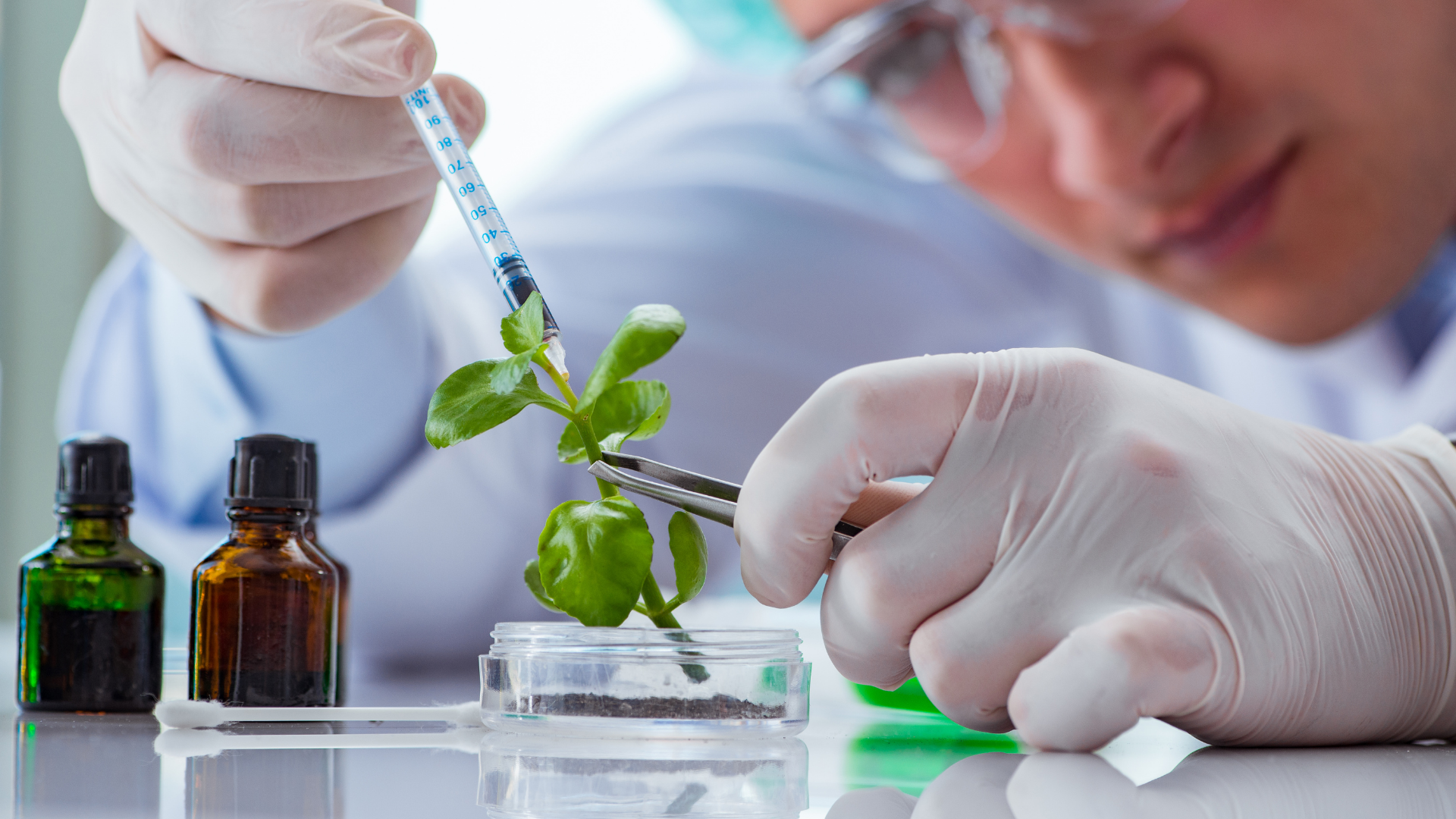Tiny but Mighty Molecular Syringe Developed Using AI

Researchers at MIT have used AI to develop a tiny molecular "syringe" that can inject proteins directly into human cells. Developed using DeepMind’s AlphaFold program, the syringe has shown highly promising results from tests in vitro and in mice. Researchers are hopeful that it could be used as programmable protein delivery devices in the future for improved dosing control.
The research focused on modifying a naturally occurring syringe-like protein found in a species of bacteria, Photorhabdus asymbiotica. The bacteria usually grow inside roundworms and infect insect cells by secreting “extracellular contractile injection systems”, a tiny, spring-loaded syringe which carries toxic proteins inside a hollow “needle." Small projections extend from the base of the syringe and bind to the proteins on the surface of insect cells, where the cell membrane is then pierced using a spike at the end of the "needle", and the bacteria’s toxins are released.
- FDA’s AI Model Enhances Safety of Biosimilar Therapeutic Proteins
- How AI is Changing the Game for Protein Design
- AI-Discovered Peptide has Dramatic Impact on Muscle Conditioning
Researchers isolated the syringe structures from the Photorhabdus bacteria and used AlphaFold to modify the structure of the landing gear. This modification means the molecular syringe can latch onto human cells' surface proteins, allowing researchers to deliver their chosen cargo into the cells.
Joseph Kreitz, the first author of the study published by MIT, said that without AlphaFold, this analysis would have taken “many months.” However, the AI technology enabled them to “obtain predicted structures of candidate tail fibre designs almost in real time,” which dramatically accelerated the researchers’ efforts to reprogram the protein.
Researchers used the modified molecular syringes to test the structures' capacity to inject various substances during in vitro experiments. By delivering components of the CRISPR-Cas9 gene-editing tool into cells, allowing them to cut and paste sections of DNA and modify cells' genomes. They also used the syringes to insert tiny DNA-snipping scissors called zinc-finger deaminases into cells, and to introduce toxic proteins into cancer cells.
Syringes were also designed to target proteins found on mouse cells and deliver their cargo to targeted areas of the mice. Promisingly, the injected proteins were only detected in the targeted areas, meaning they had not travelled elsewhere in the mice, and they did not trigger a harmful immune response.
Researchers now hope these molecular syringes could be adapted to work as programmable protein delivery devices. These devices would allow better control over dosing and the half-life of therapeutics within human cells. This improved dosing control will significantly improve treatments involving transcription factors, and chemotherapy, which has toxic effects at high doses. In the future, molecular syringes could also be used to combat disease-causing bacteria in the body.
This technology is still in its infancy, and further efforts will be required to characterise the behaviour of this system in vivo before it can be used in humans. However, these re-engineered injection complexes represent an exciting new biotechnological toolbox that could have applications in various biological systems. Ultimately, this molecular syringe have the potential to revolutionise the way gene therapy, cancer therapy, and biocontrol are delivered.
Join Oxford Global’s Antibody Engineering: Online event today. An intensive 2-day meeting, it will delve into the latest in antibody engineering and antibody-based therapeutics, with a focus on AI/ML emerging technologies and antibody optimisation.
Get your weekly dose of industry news here and keep up to date with the latest ‘Industry Spotlight’ posts. For other Biologics content, please visit the Biologics Content Portal.







